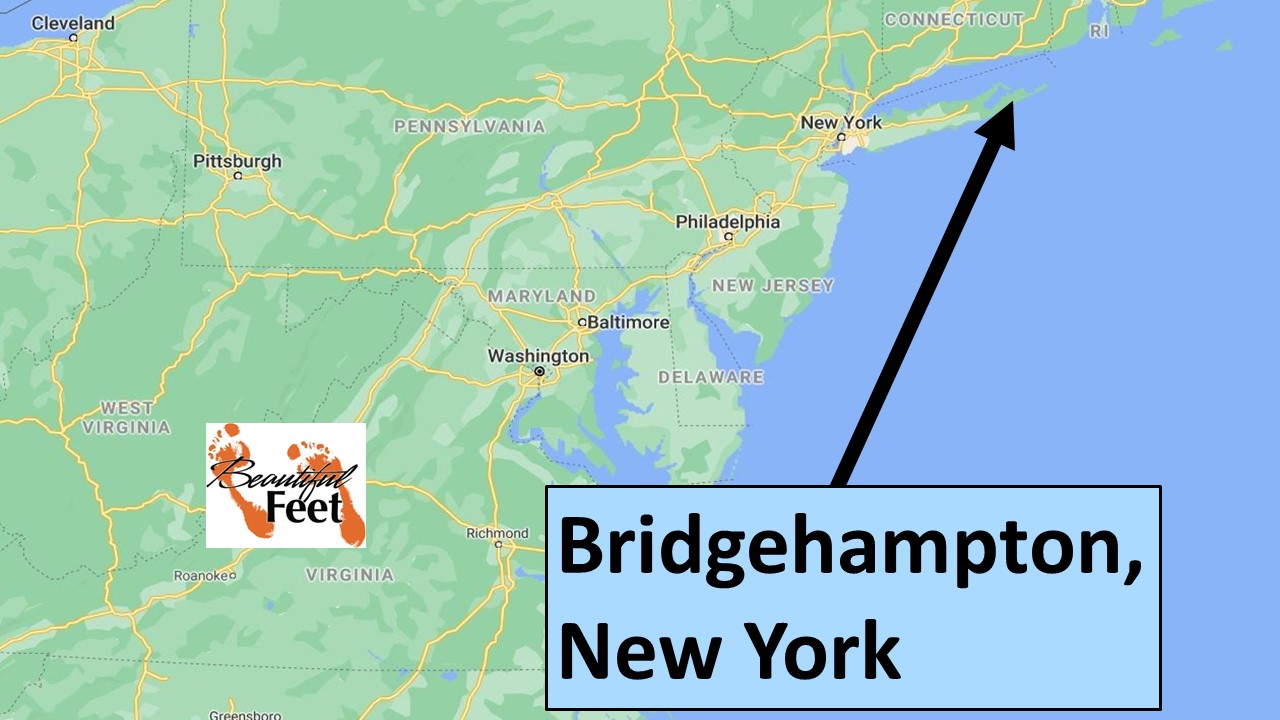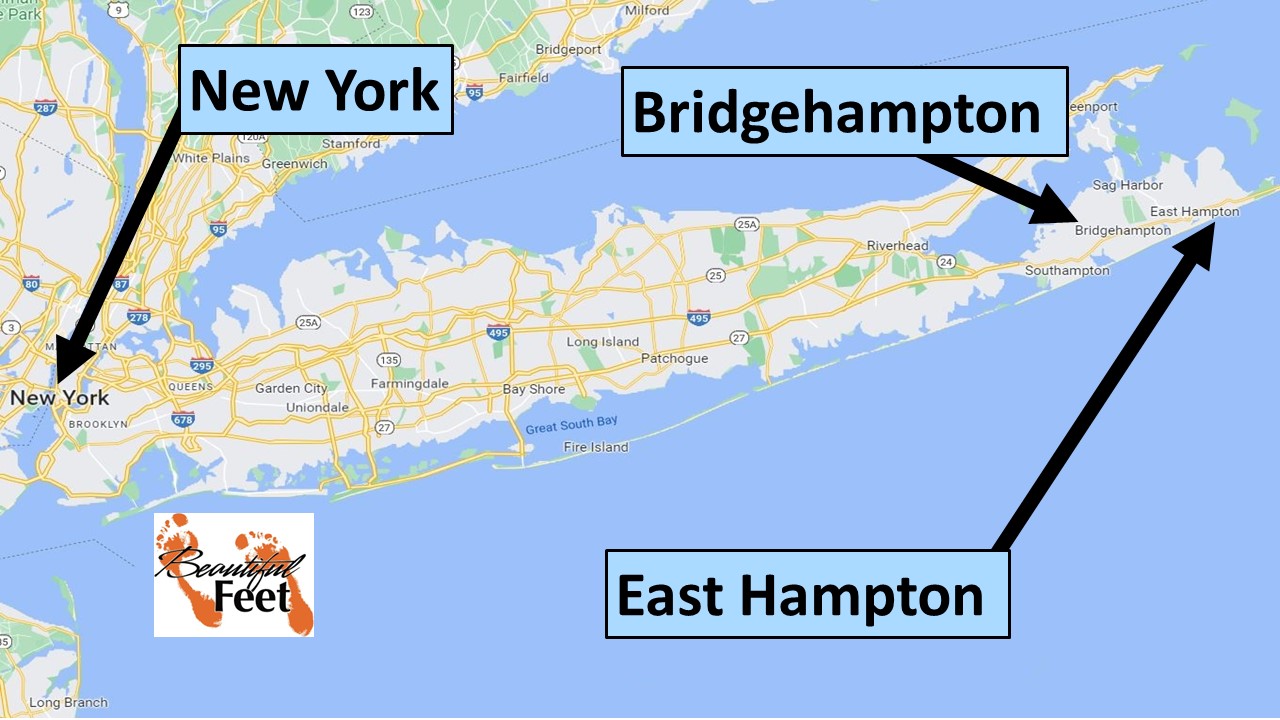1799 Bridgehampton Revival


Introduction
A powerful revival occurred in the town of Bridgehampton, New York, in October 1799, and it continued through the summer of 1800.
This account, located in “A Faithful Narrative,” mentions no church nor any individual’s names, but it is safe to assume that it occurred in the Presbyterian church in Bridgehampton.
Extraordinary Prayer
Prior to the revival there was a long period of time in which the condition of the church was at a very low state. Upon hearing of a revival that was occurring in the state of Connecticut, a small number of believers in Bridgehampton joined together to hold special meetings for prayer, specifically to pray for a revival.
This small group of intercessors numbered between 10 -15, and through their persistence the fires of revival were lit.
Anticipation
At the beginning the fire of revival was present only among the intercessors, and even though the fire was but a small ember at this time, there was an awareness during the months of July and August that something dramatic was about to burst onto the scene. During this period there were around four “instances of hopeful conversions” that had taken place, as well as a larger number of people who were experiencing conviction of their sins.
Being strict Calvinists, and not believing a person could know if they were truly converted, Presbyterians of that era hesitated to use the term “converted,” so there were no conversion numbers recorded. Some of the phrases used by Presbyterians of that day, in reference to “new converts,” were:
► Hopeful subjects of salvation
► Hopeful subjects of new life
► Subjects of the gospel’s hope
► Hopefully converted
► Entertaining hope of salvation
► Hopeful subjects of the saving grace of God
► There is hope that they were translated from the kingdom of darkness to the kingdom of light.
This theological perspective kept them from recording “hopeful conversions,” but there were records of those who joined the churches, and those number were always much smaller than those who were “hopefully converted.”

Revival Grows in Strength
During that summer and fall the weekly prayer and teaching meeting began to increase in numbers. And with the arrival of November there was a rapid jump in attendance during that mid-week meeting.
During the Sunday services the church was full, and with the numbers coming to the mid-week prayer meeting continually growing, they began to meet two times per week. Through the month of December the account states that:
The glorious cloud of divine influence seemed completely to encircle the whole congregation.
New Year’s 1800
On New Year’s Day there were two church services: one in the afternoon and one in the evening, with both being packed out. During the services there was a “profound silent attention to the preaching of the word.”
With a powerful presence of God being experienced, many were awakened with new life and filled with joy, and others came under serious conviction of their sinfulness.

Long Island, New York: Location of the revival
House Meetings
After the outpouring of the Holy Spirit on New Year’s Day, several homes were regularly used to conduct prayer and teaching, and they were all filled to capacity.
Nightly Meetings for Three Weeks
This increase in passion for being in God’s presence led to conducting nightly church services for three weeks, with the church being filled each night. There were even those from 2-3 miles outside the town that were in attendance every night (horses or walking were the only transportation at this time).
The conversation on everyone’s lips was the revival, and many who were previously hardened against the Gospel were now coming under its influence, having a heightened awareness of the wrath to come.
The Revival Continued till April
The fervor of God’s people continued till April of that year when there was a noticeable decline in numbers being “hopefully converted.” Even with that decline, the seriousness and passion of God’s people continued through the spring and summer.
The ages of those converted were between 10 and 65 years old, with the majority coming from the 16-40 age group.
In this one church there were over 100 that “obtained hope of their salvation,” and a large number of backsliders also repented and came back to the Lord, with 70 out of that total joining the church.
There was a remarkable absence of opposition, which is contrary to what typically occurs during periods of revival. From the very beginning the people were convinced that the outpouring of the Holy Spirit was genuine, so there were no skeptical voices that emerged.
Uniqueness within the Revival
► Unnecessary business activities were set to the side.
► There was a large emphasis placed on home visitation, with the conversation in the homes being the conversion of the lost or the continual development of believers.
► Many were rejoicing in their new relationship with God.
► Reconciliation occurred among those who were previously at odds.
► The moral transformation of the town was pronounced.
► Taverns and other places of “dissipation and vanity, which used to be frequented, were deserted.”
► Novel and romance books were discarded for the Bible and other religious books.
Sources
► A Faithful Narrative of the Revival of Religion by Samuel Buell
Return to List of Revival Stories
Chet & Phyllis Swearingen:
Office: (260) 920-8248
romans1015@outlook.com
Beautiful Feet
P.O. Box 915
Auburn, IN 46706

